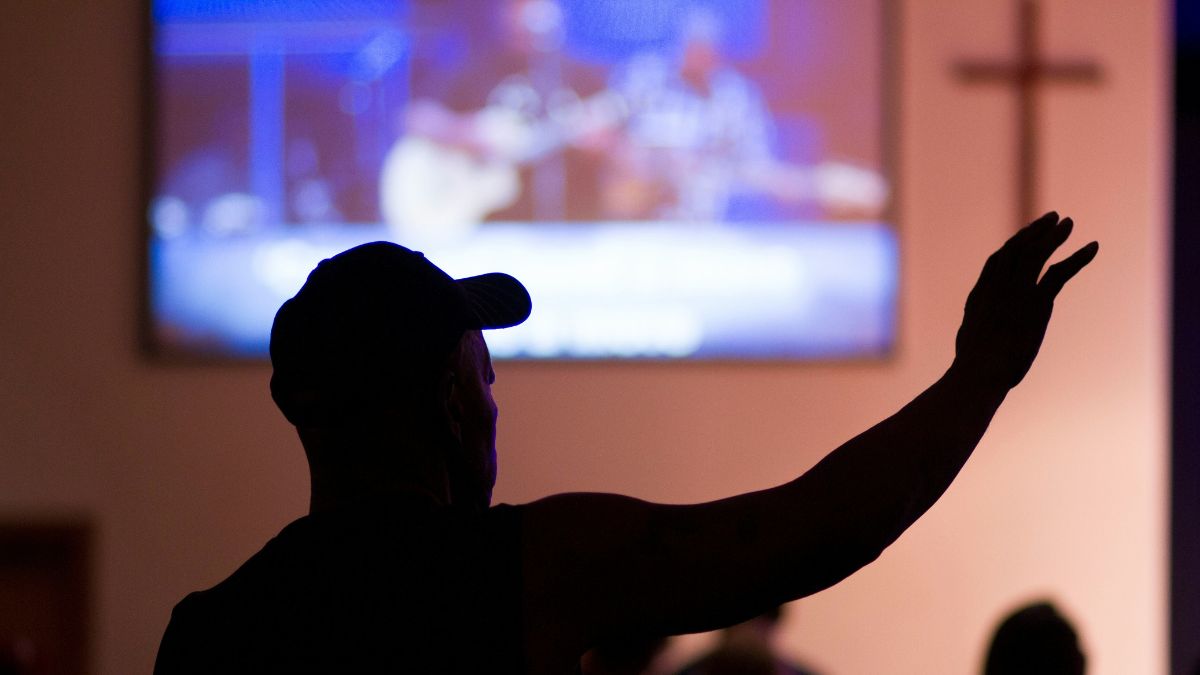


(Note: This review contains spoilers.)
History, magic, and adventure come together in “Walk on Earth a Stranger,” the first installment in The Gold Seer Trilogy by Rae Carson. The novel opens in rural Georgia at the onset of the California gold rush in 1849 and introduces us to 15-year-old Leah Westfall. The pragmatic and resourceful daughter of gold prospectors, Leah has managed to become a skilled hunter and capable farmer, all while going to school. But a strong work ethic and uncommon maturity are not the only characteristics that set her apart. Leah possesses a secret power: Much like a water diviner, she is able to detect the presence of gold, whether it’s buried below her feet or in the pockets of those around her.
Leah’s parents instructed her never to tell anyone what she can do. While she understands the importance of such secrecy, the true gravity of her circumstances becomes tragically clear when her parents are murdered. When their killer then attempts to kidnap Leah, to take her to California and exploit her powers, she is forced to run for her life.
Disguised as a boy, Leah heads for Independence, Missouri. There she hopes to reconnect with her best friend, Jefferson, who has run from his troubled home life. They plan to join a wagon train, head to California, and make their fortune before Leah’s would-be captor finds her. But from the time she leaves Georgia, Leah’s journey westward is fraught with danger. Thieves and bandits, harsh elements and changing topography, and sickness and disease weaken and shrink the wagon train.
Trust, friendship, and family are all major themes in “Walk on Earth a Stranger.” Kindness, compassion, and selflessness are also addressed as Leah and those she travels with are all forced to reconcile their own self-interest with the needs of others. When they don’t, tragedy strikes and lives are often lost. Truth, honesty, and the importance of identity are highlighted as well. Initially Leah decides to conceal her identity for her own safety. But the longer she travels disguised as a young man, the more difficult it is for her to ask for help, and the more isolated and lonely she becomes.
I found myself wondering if Carson’s trilogy will ultimately be making a greater statement about religion. There are multiple characters that fit typical negative Christian stereotypes, and Leah is vocal about not seeing much else besides hypocrisy in churchgoers. Despite this, she still values treating others fairly, doing the right thing, and living by the Golden Rule, even if her values often come across with an attitude of “mama-raised-me-right” banality. Additionally, the titles of the individual books are drawn from old hymns. Perhaps there’s no greater significance other than the appropriateness of the words themselves, but I find it hard to believe that an author would be either unaware or unintentional when deliberating over the titles for her work. But regardless of the trilogy’s ultimate statement about Christianity as a worldview or way of life, Christian virtues and an individual’s ability to walk them out are certainly addressed throughout the first book.
Overall, I found the novel portrayed a detailed and informative picture of pioneers’ journey west, and rooted for Leah and her traveling companions. However, Leah’s language felt very heavy-handed: Her southern accent became a distraction and her colloquialisms made me roll my eyes more than once, as they detracted from her character, making her seem less three-dimensional and more stereotypical. There were other stereotypical characters as well, such as the self-righteous and legalistic religious family, the fire-and-brimstone preacher detached from reality, and the strong, straight-faced, and silent Native American. With such a wide variety of characters at such an interesting time in history, if stereotypes could not be avoided altogether, these characters could have at least experienced more transformative growth in a way that would have challenged stereotypical norms.
“Walk on Earth a Stranger” contains some violence, and implies but does not explicitly use foul language. There are also some graphic scenes describing human biology, childbirth, and medical procedures, but nothing a mature young reader should be unable to handle. Leah’s divining powers are obviously magical in nature, and she uses the words “witch” and “witchy” when referring to it and herself. There are a few characters who are subtly described as being gay, but homosexuality is not a thematic element throughout the book, and the reference is seemingly more historical than editorial in nature.
“Like A River Glorious,” the second book in The Gold Seer Trilogy, is scheduled to be released in September 2016 and will follow Leah and her friends as they begin their search for gold in the hills of California.
Image copyright Greenwillow Books. Review copy obtained from the reviewer’s local library.
Annie Provencher is a writer in Northern Virginia.
Have a Follow-up Question?
Want to dig deeper?
If you want to challenge yourself as many others have done, sign up below.
Webinars
Short Courses
Up
Next














